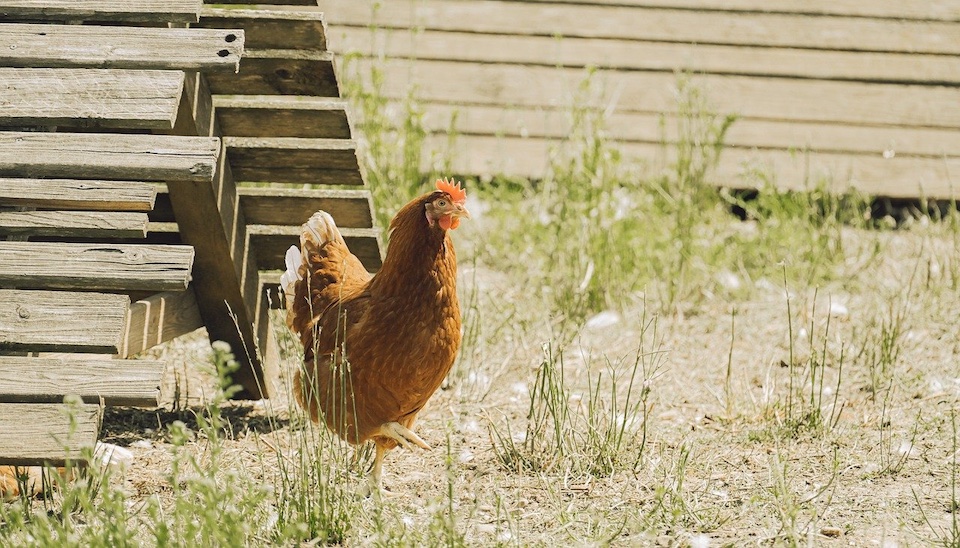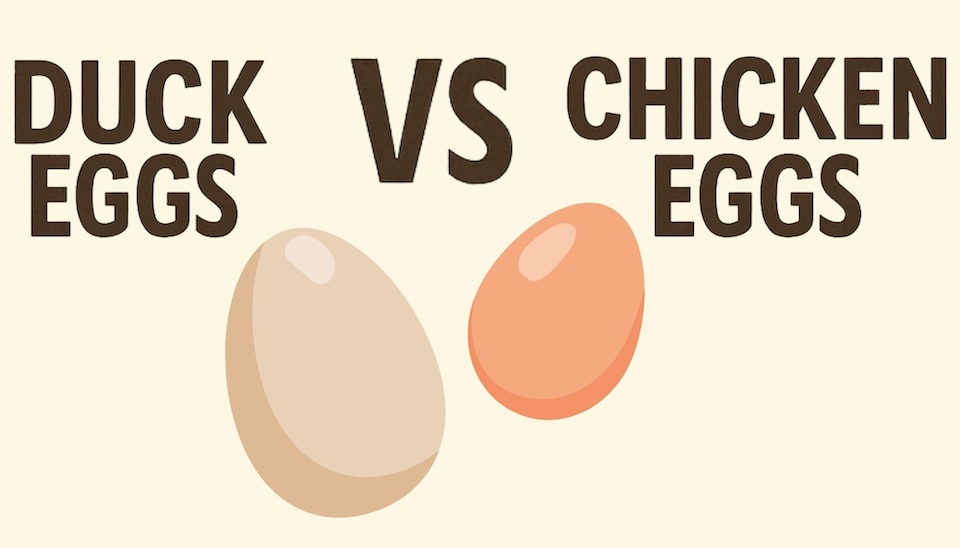E. coli in backyard chickens: What you should know
Recognise and treat E. coli infections in chickens
E. coli infection, also called colibacillosis, is a common disease in chickens.
Escherichia coli is a bacteria found in the intestines of just about every organism, from humans to chickens. There are many different types of E. coli bacteria and most are harmless. They are an important part of a healthy gut.
But some strains of E. coli are able to survive outside of the intestine and cause disease. These strains of E. coli can cause food poisoning in people and can make chickens sick too.
E. coli in backyard poultry – Should you be worried?
All animals, even cats and dogs, can carry diseases that can make people sick. Chickens are no different. Chickens can carry strains of E. coli that are harmful to people.
But it is easy to avoid catching diseases from live chickens. Washing your hands and practicing good general hygiene around the chicken coop makes it very unlikely that you will get sick from your chickens. Click here to learn what precautions chicken keepers should take to avoid getting diseases from chickens.
So while backyard chicken keepers probably don’t need to worry about catching E. coli from their chickens, you should always be on the lookout for signs of illness in your flock.
Causes of E. coli infection in chickens
All healthy chickens carry beneficial E. coli bacteria in their gut. An E. coli infection, or colibacillosis, only occurs when chickens are exposed to an illness-causing strain of E. coli.
Healthy, happy chickens are often resistant to E. coli infection. But chickens that are stressed or suffering from diseases, parasites, poor nutrition or deficiency can be severely affected.
E. coli is most commonly spread through faeces, which is why unclean coops often lead to infection. In new chicks, colibacillosis is often transferred through the egg.
Common sources of E. coli infection in chickens are:
- Contact with wild birds or infected chickens
- Feed and water contaminated with infected droppings
- Rodent droppings
- Drinking from muddy puddles or other unclean water sources
- Insects, especially flies
- Inhaling dust from contaminated droppings
- Skin wounds in a dirty environment, particularly foot injuries and injuries related to vent pecking and feather pecking
Colibacillosis can present as a respiratory disease, most commonly in chicks and pullets, and usually follows another illness such as CRD, infectious bronchitis or Newcastle disease.
Signs and Symptoms of E. coli in poultry
Because E. coli infection usually occurs in birds suffering from other illnesses, the symptoms can be difficult to distinguish. Colibacillosis also has different symptoms depending on the type of infection.
Some types of E. coli infection in chickens include:
- Naval infections in newly hatched chicks
- Chicks that fail to thrive
- Respiratory disease, especially in chicks and pullets
- Gastrointestinal problems (rare)
- Reproductive tract infections, including egg peritonitis
- Skin infections, including bumblefoot
Depending on the type of infection, E. coli symptoms may include:
- Lethargy
- Ruffled feathers
- A puffed-up appearance
- Reduced appetite
- Poor growth
- Diarrhoea
- Lameness
- Skin inflammation
- Respiratory distress such as coughing and laboured breathing
- Poor laying
- No laying
- A distended abdomen
Severe E. coli infection can cause rapid death, particularly in chicks. However, E. coli infections can also be mild, with minimal symptoms.
How to treat E. coli in chickens
Because E. coli infection often accompanies other diseases or dietary deficiencies, it is difficult to treat.
Different types of E. coli infection require different treatment:
- Infections in chicks are usually fatal
- Bumblefoot and skin infections can often be treated successfully at home
- Mild gastrointestinal infection can respond to the use of probiotics and a healthy diet
- Most other types of infection, including reproductive issues, require veterinary care
Vets often treat E. coli with antibiotics or sulfa drugs. However, antibiotic-resistant strains of E. coli are an increasing problem in people as well as chickens, so a veterinarian should always be consulted regarding treatment.
In the case of suspected E. coli infection, remove infected birds from the flock. Disinfect the chicken coop, including the Feeder and Drinker, and replace the litter.
Preventing E. coli infection in backyard poultry
Happy, healthy birds rarely suffer from E. coli infection so the best way to prevent colibacillosis is by taking good care of your chickens.
Here are some tips for preventing E. coli:
- Feed your chickens a good quality complete layer feed in mash or pellet form
- Avoid too many treats or unhealthy foods
- Provide clean, uncontaminated water
- Prevent chickens drinking from puddles, dams and streams
- Practice good chicken coop biosecurity
- Keep rodents out of the coop
- Prevent contact with wild birds as much as possible
- Keep the coop and nesting boxes clean and dry
- Treat your chickens for parasites like worms and mites
- Only hatch clean eggs
Scientific studies have suggested that using probiotics and oregano oil may also help chickens resist E. coli infection when exposed.
Not sure your chickens have E. coli? Here are some other chicken diseases with similar symptoms:
Rachael at Dine a Chook Australia



